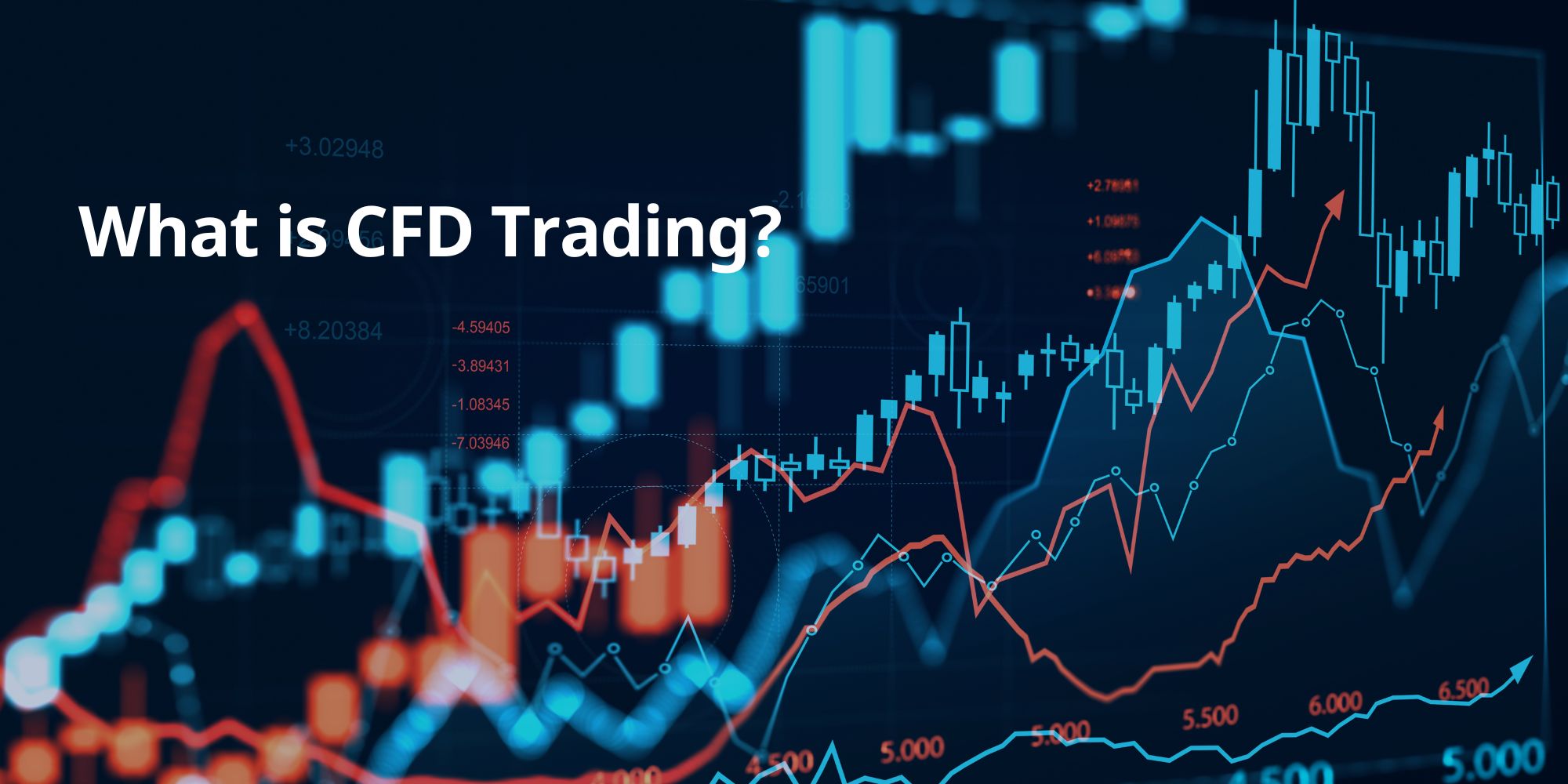Introduction
In the financial markets, it’s essential to understand the different phases that markets go through. Bull and bear markets represent two distinct periods with unique characteristics and trading opportunities.
This comprehensive guide from Plexytrade explores the dynamics of bull and bear markets. We’ll cover:
- The key characteristics of bull and bear markets.
- Effective trading strategies for each market condition.
- How to identify potential trend reversals.
- How Plexytrade’s platforms and tools can help you capitalize on both bull and bear markets.
Whether you’re a beginner or an experienced trader, understanding these market phases is crucial for developing successful trading strategies. Plexytrade provides the resources you need to navigate the complexities of the financial markets, including advanced trading platforms, a diverse range of CFDs, and educational materials.
What are Bull And Bear Markets?
Financial markets go through cycles of ups and downs. These cycles are often categorized as bull markets and bear markets.
Bull Market
A bull market is characterized by rising prices and investor optimism. It’s a period of sustained growth in the stock market, typically defined as a 20% or greater increase in stock prices after two declines of 20%.
Bear Market
A bear market is characterized by falling prices and investor pessimism. It’s a period of sustained decline in the stock market, typically defined as a 20% or greater decrease in stock prices after two periods of 20% growth.
Why It Matters
Understanding the difference between bull and bear markets is crucial for traders and investors. It can help you:
- Adjust your trading strategy: Different strategies are appropriate for different market conditions.
- Manage your risk: Bear markets can be particularly risky, so it’s important to manage your risk carefully during these periods.
- Identify opportunities: Both bull and bear markets can present unique trading opportunities.
Characteristics of Bull Markets
A bull market is a period of sustained growth in the stock market. Here are some key characteristics that can help you identify a bull market:
- Rising Stock Prices: Stock prices are generally trending upwards, with indices often reaching new highs. This upward momentum is typically driven by strong investor demand and positive economic conditions.
- High Investor Confidence: Investors are optimistic about the future and willing to take on more risk to participate in the market’s growth. This can lead to increased investment in stocks, particularly growth stocks and speculative assets.
- Strong Economic Growth: The economy is expanding, with strong GDP growth, low unemployment, and increasing corporate profits. These favorable economic conditions support business growth and investor confidence.
- Increased Trading Activity: Trading volume is typically high in a bull market, reflecting strong investor participation and liquidity. This makes it easier for investors to buy and sell shares without significantly impacting the price.
Example:
Imagine a technology company that releases a groundbreaking new product. Investors become excited about the company’s future prospects, and demand for its stock surges. This increased demand drives up the stock price, and other technology companies also see their stock prices rise as investor optimism spreads throughout the sector. This scenario is typical of a bull market, where positive sentiment and strong economic fundamentals fuel a sustained period of growth in the stock market.
Characteristics of Bear Markets
A bear market is a period of sustained decline in the stock market, typically marked by a 20% or more drop in stock prices from recent highs. It’s often accompanied by economic slowdown and investor pessimism.
Key Characteristics of a Bear Market:
- Falling Stock Prices: Stock prices are generally trending downwards, with major indices often showing significant declines. This downward pressure is usually driven by a combination of factors, including economic weakness, negative investor sentiment, and increased selling pressure.
- Economic Slowdown: The economy is contracting or experiencing slow growth. This can lead to rising unemployment, declining consumer spending, and reduced corporate profits.
- Rising Unemployment: As companies face economic challenges, they might lay off workers, leading to higher unemployment rates. This can further dampen consumer spending and economic growth.
- Rising Inflation and Interest Rates: High inflation erodes the purchasing power of consumers, and rising interest rates can increase borrowing costs for businesses and individuals, further slowing economic activity.
- Declining Business Profits: Companies often experience declining profits during bear markets due to reduced consumer demand and increased costs. This can lead to cost-cutting measures, such as layoffs and reduced investment, which can further exacerbate the economic downturn.
Plexytrade provides traders with the tools and resources they need to navigate bear markets effectively. Our advanced trading platforms, educational materials, and market insights empower traders to make informed decisions and manage risk in challenging market conditions.
Trading Strategies for Bull and Bear Markets
Different market conditions require different trading strategies. Here’s how to approach trading in bull and bear markets:
Bull Market Strategies
In a bull market, the overall trend is upward, and investor sentiment is positive. Here are some strategies that can be effective in bull markets:
- Buy and Hold: Invest in fundamentally strong companies with good growth prospects and hold onto them for the long term as their value appreciates.
- Momentum Trading: Identify stocks that are showing strong upward momentum and capitalize on their price increases. Use technical analysis tools to identify entry and exit points.
- Sector Rotation: Focus on sectors that tend to perform well in bull markets, such as technology, consumer discretionary, and industrials.
Key Considerations for Bull Markets:
- Stay Bullish: The overall trend is your friend. Look for opportunities to buy on dips or pullbacks.
- Manage Risk: Even in bull markets, there can be corrections or periods of consolidation. Use stop-loss orders to protect your profits and limit potential losses.
Bear Market Strategies
In a bear market, the overall trend is downward, and investor sentiment is negative. Here are some strategies that can be effective in bear markets:
- Short Selling: Profit from falling prices by short-selling stocks or other assets. However, be aware that short selling carries significant risk and requires careful management.
- Defensive Stocks: Focus on defensive sectors, such as utilities, consumer staples, and healthcare, which tend to be less affected by economic downturns.
- Options Trading: Use options to hedge against potential losses or to profit from declining prices.
- Reduce Exposure: Consider reducing your overall exposure to the stock market during bear markets.
Key Considerations for Bear Markets:
- Stay Cautious: The overall trend is downward, so be careful about entering long positions.
- Manage Risk: Bear markets can be volatile and unpredictable. Use stop-loss orders and other risk management tools to protect your capital.
- Look for Opportunities: Even in bear markets, there can be opportunities for traders who can identify undervalued assets or anticipate potential reversals.
Technical Analysis and Indicators
Use technical analysis to identify market trends and make informed trading decisions. Key indicators include:
- Moving Averages: These help smooth out price fluctuations and signal potential reversals or continuations. A crossover of short-term moving averages over long-term averages often indicates a market trend change.
- Relative Strength Index (RSI): RSI measures the speed and change of price movements. An RSI above 70 suggests overbought conditions, while below 30 indicates oversold conditions.
Incorporating these tools can improve your trading strategy, enabling you to respond dynamically to market changes.
Historical Examples of Bull and Bear Markets
Financial markets have a history of cyclical upswings and downturns, known as bull and bear markets. Examining past examples can provide valuable insights into how these market phases unfold and their potential impact on investors.
Historical Bull Markets
- Post-WWII Boom (Late 1940s – 1950s): Following World War II, the U.S. economy experienced a period of rapid growth and industrialization. This led to a significant bull market, with the S&P 500 surging by over 85% in less than five years.
- The 1980s Bull Market: The 1980s saw another strong bull market fueled by deregulation, increased corporate activity (mergers and acquisitions), and favorable economic conditions. The S&P 500 more than doubled during this period.
Historical Bear Markets
- The Dot-Com Bubble Burst (2000-2002): The dot-com bubble, characterized by excessive speculation in internet-related companies, burst in the early 2000s, leading to a sharp decline in the stock market. The S&P 500 lost nearly half its value during this bear market.
- The Global Financial Crisis (2007-2009): Triggered by the collapse of the U.S. housing market and the subsequent credit crisis, the global financial crisis led to a severe bear market. The S&P 500 plummeted by over 50% as the world economy faced a recession.
Lessons from History
These historical examples highlight the cyclical nature of financial markets and the importance of understanding both bull and bear market dynamics. By recognizing the signs of these market phases and adapting their strategies accordingly, traders and investors can better navigate the complexities of the market and achieve their financial goals.
Conclusion
Understanding the dynamics of bull and bear markets is crucial for successful trading. By recognizing the characteristics of each market phase and adapting your strategies accordingly, you can capitalize on opportunities and manage risk effectively.
Plexytrade provides the ideal environment for trading in any market condition. We offer:
- Competitive spreads: Minimize your trading costs with tight spreads, starting from 0.0 pips.
- Flexible leverage: Maximize your trading potential with leverage up to 1:2000.
- Long and short positions: Profit from both rising and falling markets by going long or short on a variety of instruments.
- Advanced trading platforms: Execute your trades efficiently with our MT4 and MT5 platforms.
- Expert support: Our 24/5 customer support team is always available to assist you.
Ready to master the markets?
- Open a Plexytrade account today and explore our advanced trading platforms.
- Practice your strategies risk-free with our demo account.
- Start live trading with a minimum deposit of just $50.
Join the Plexytrade community and experience the benefits of trading with a broker that provides the perfect conditions for both bull and bear market trading. Visit Plexytrade.com now to register and unlock your full trading potential.















